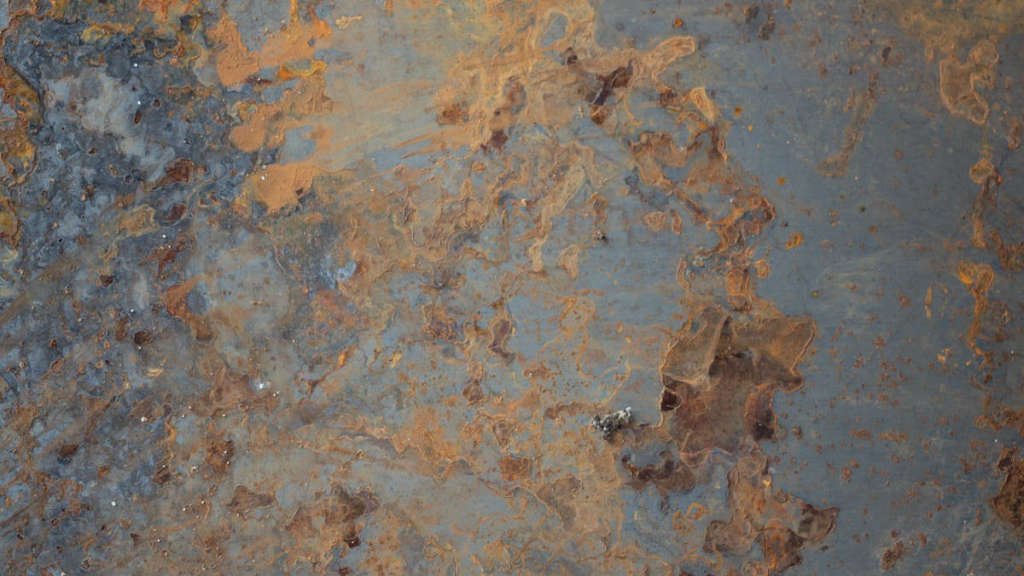
Embark on a journey of creativity and innovation with our blog article titled ‘Unconventional Brilliance: Exploring Edgy Design Inspiration in Modern Architecture’. In this inspiring piece, we delve into the world of unconventional design in modern architecture, exploring unique and edgy ideas that push the boundaries of traditional norms.
Main Points
- Discover the latest trends in edgy design inspiration.
- Explore how grunge design practices can be implemented in modern architecture.
- Learn the best ways to incorporate edgy elements into your architectural projects.
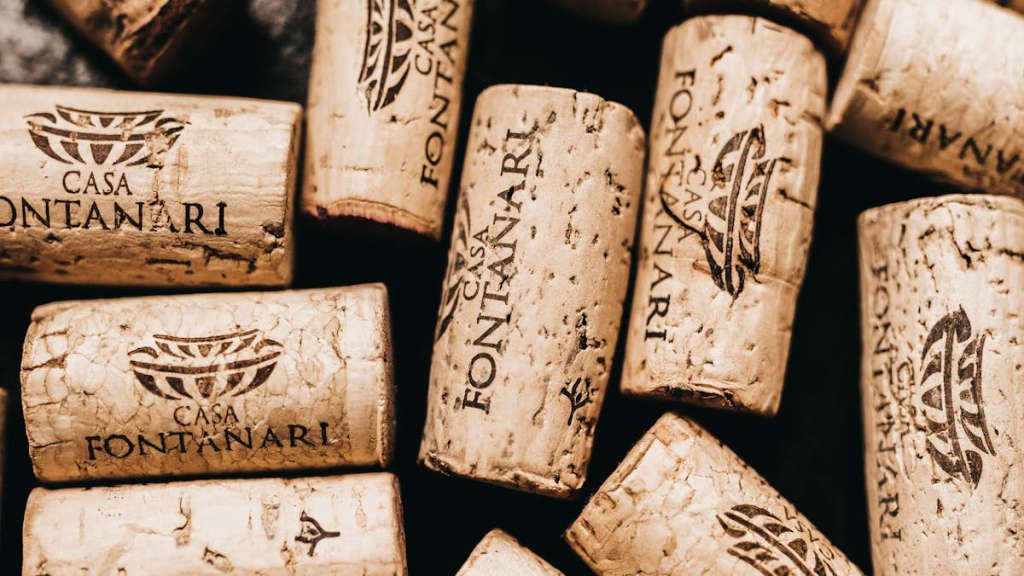
Pushing Boundaries: Innovative Materials in Contemporary Architecture
Contemporary architecture is constantly evolving, pushing the boundaries of what is possible through the use of innovative materials. Architects are always on the lookout for new materials that not only provide structural support but also enhance the aesthetic appeal of their designs. In this article, we will explore some of the most cutting-edge materials that are being used in contemporary architecture today.
1. Carbon Fiber
Carbon fiber is a lightweight yet incredibly strong material that is revolutionizing the way buildings are constructed. Its high tensile strength and resistance to corrosion make it an ideal choice for structural components. Architects are increasingly using carbon fiber composites in place of traditional materials like steel and concrete, allowing for more innovative and sustainable designs.
2. Transparent Concrete
Transparent concrete, also known as translucent concrete, is a new material that combines the strength of traditional concrete with the beauty of glass. It is created by embedding optical fibers within the concrete mix, allowing light to pass through and creating a stunning visual effect. Transparent concrete is being used in facades, partitions, and even furniture, adding a touch of modernity to architectural designs.
3. Biofabricated Materials
Biodegradable materials are gaining popularity in the field of architecture, with architects turning to biofabricated materials like mushroom mycelium and bacterial cellulose for sustainable construction solutions. These materials are not only environmentally friendly but also offer unique textures and finishes that cannot be achieved with traditional materials. By incorporating biofabricated materials into their designs, architects are able to create innovative and eco-friendly structures that push the boundaries of conventional architecture.
- Grunge design trends analysis: This section will delve into the origins and evolution of grunge design trends, highlighting key characteristics and influences.
- Best Grunge design trends practices: Here, we will explore some of the most effective strategies for implementing grunge design trends in architectural projects.
- Implementing Grunge design trends: This final section will provide practical tips and examples for incorporating grunge design elements into contemporary architecture.
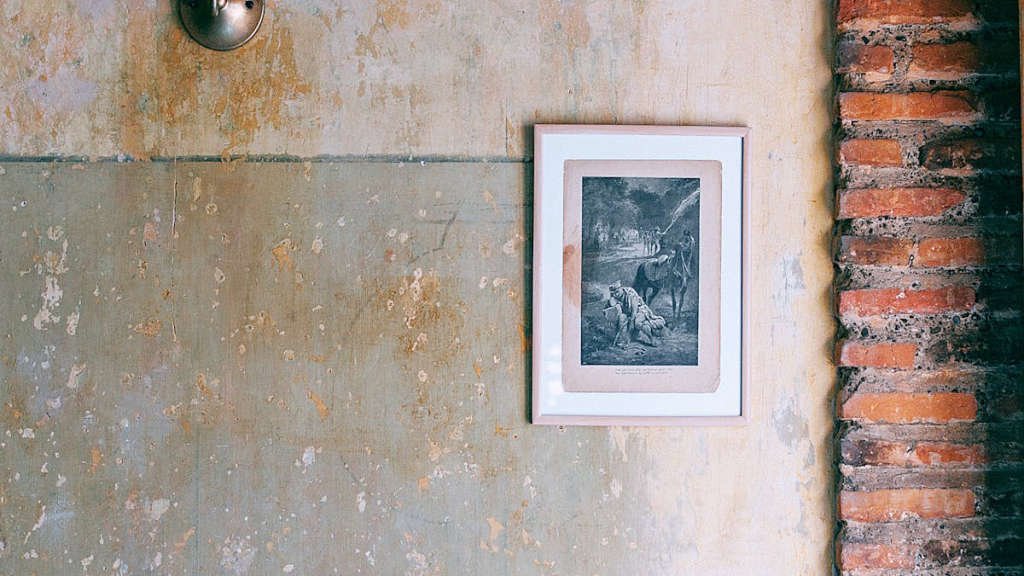
The Intersection of Technology and Design: A Dive into Smart Architectural Solutions
In today’s rapidly evolving world, the intersection of technology and design has led to groundbreaking innovations in architecture. Smart architectural solutions are reshaping the way we live, work, and interact with our built environment. From energy-efficient buildings to intelligent infrastructure, the fusion of technology and design is creating a more sustainable and interconnected world.
Energy Efficiency
One of the key aspects of smart architectural solutions is energy efficiency. Buildings are now equipped with sensors and automation systems that optimize energy usage based on occupancy and environmental conditions. This not only reduces energy consumption and carbon footprint but also lowers utility costs for building owners. Efficiency is at the core of these technological advancements, ensuring that buildings are operating at peak performance while minimizing their impact on the planet.
Intelligent Infrastructure
Smart architectural solutions also extend to intelligent infrastructure, such as smart grids and transportation systems. These interconnected networks leverage technology to improve efficiency, safety, and sustainability. For example, smart transportation systems utilize data and analytics to optimize traffic flow, reduce congestion, and enhance the overall commuting experience. This integration of technology and design is revolutionizing the way we move within our cities and urban areas.
Future Outlook
As technology continues to advance, the possibilities for smart architectural solutions are limitless. Innovations such as 3D printing, augmented reality, and artificial intelligence are reshaping the design process and construction techniques. The collaboration between architects, engineers, and technologists is paving the way for a more sustainable and intelligent built environment.
| Key Benefits | Examples |
|---|---|
| Sustainability | Green roofs, solar panels, and rainwater harvesting systems |
| Efficiency | Automated lighting, HVAC systems, and energy management systems |
| Innovation | Interactive facades, kinetic architecture, and adaptive reuse projects |
The evolution of smart architectural solutions is not just about incorporating the latest technology; it’s about creating spaces that enhance our lives and protect the environment. By embracing the intersection of technology and design, we can build a more sustainable and connected future for generations to come.
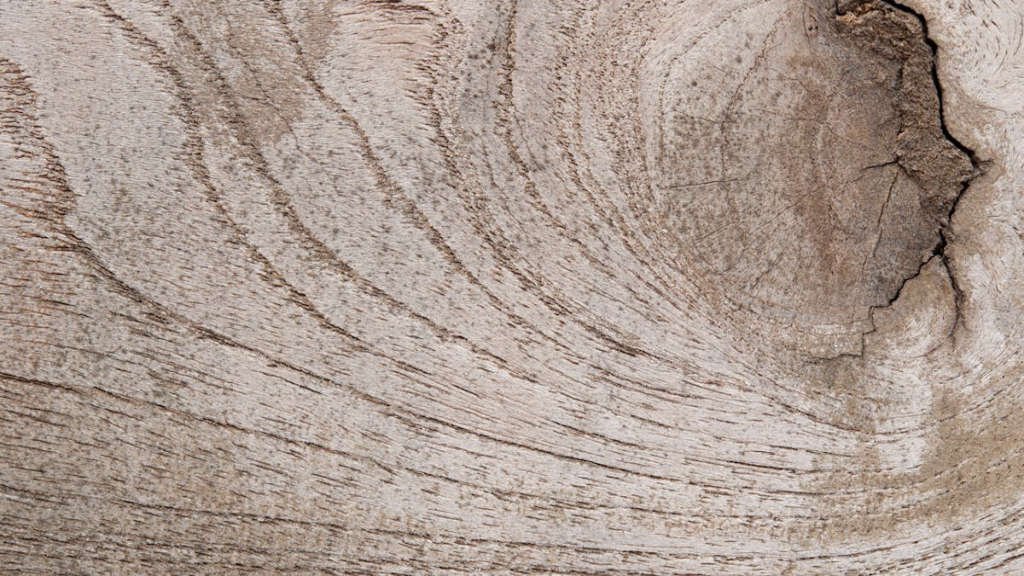
Sustainability Redefined: Eco-Friendly Practices in Avant-Garde Architecture
In the world of architecture, sustainability has taken on a new meaning in recent years. Gone are the days of simply designing buildings that are functional and aesthetically pleasing. Today, architects are redefining sustainability by incorporating eco-friendly practices into their avant-garde designs.
One of the key principles of sustainable architecture is the use of materials that have a minimal impact on the environment. This means using recycled or renewable materials whenever possible, as well as designing buildings that are energy-efficient and utilize natural light and ventilation.
Green roofs
One innovative practice that is becoming increasingly popular in avant-garde architecture is the use of green roofs. These roofs are covered in vegetation, which not only helps to absorb rainwater and reduce runoff, but also provides insulation and helps to reduce the urban heat island effect.
Another important aspect of sustainable architecture is the integration of renewable energy sources, such as solar panels and wind turbines. By harnessing the power of the sun and wind, architects can reduce a building’s reliance on traditional energy sources and help to combat climate change.
Overall, sustainable architecture is not just about creating beautiful buildings – it’s about designing structures that are environmentally responsible and contribute to a more sustainable future. By redefining sustainability and embracing eco-friendly practices, avant-garde architects are leading the way towards a greener, more sustainable world.
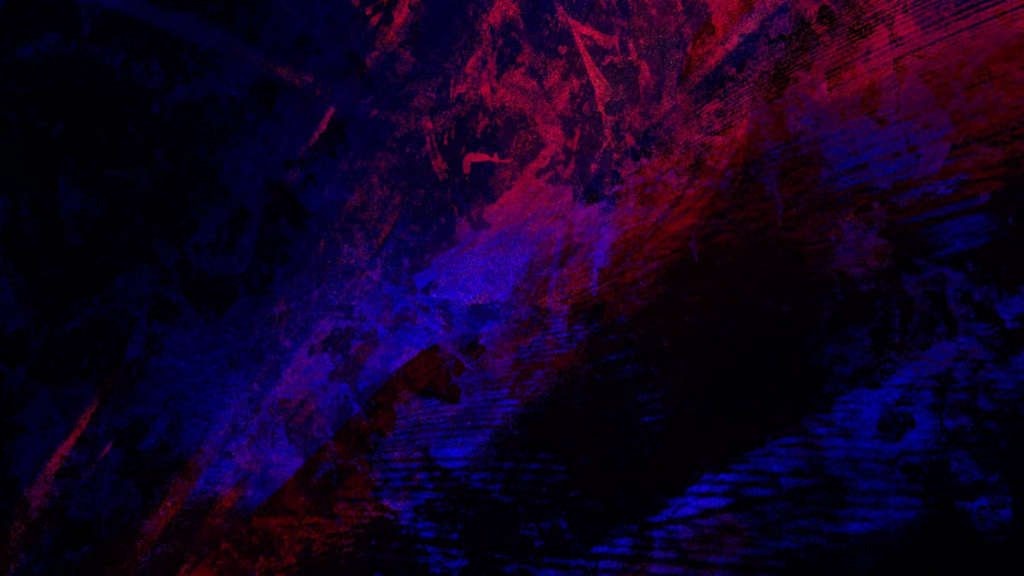
From Concept to Reality: The Process of Bringing Edgy Designs to Life
Creating edgy designs that push the boundaries of conventional aesthetics requires a meticulous process that involves creativity, innovation, and attention to detail. From conceptualization to production, every step plays a crucial role in turning a bold idea into a tangible reality. Let’s delve into the fascinating journey of bringing edgy designs to life:
1. Conceptualization
Every great design starts with a spark of creativity. Whether it’s a sketch on a napkin or a digital rendering, the initial concept sets the tone for the entire project. Designers draw inspiration from various sources, such as art, architecture, fashion, and nature, to create a concept that is both unique and daring. It’s here that imagination and vision take center stage, laying the foundation for an edgy design.
2. Research and Development
Once the concept is solidified, the next step is to conduct extensive research and development. This phase involves experimenting with different materials, techniques, and technologies to bring the design to life. Designers collaborate with experts in various fields, such as engineering, manufacturing, and sustainability, to ensure that the design is not only visually striking but also functional and practical. This stage is where innovation and experimentation come into play, pushing the boundaries of what is possible.
3. Production and Implementation
After countless hours of refining the design and overcoming technical challenges, the final step is to bring the edgy design to fruition. This involves coordinating with manufacturers, suppliers, and craftsmen to produce the design on a larger scale. From selecting the right materials to overseeing the production process, attention to detail is crucial to maintaining the integrity of the design. The end result is a masterpiece that embodies the designer’s passion, dedication, and artistry.
| Key Steps | Description |
|---|---|
| Conceptualization | Define the initial idea and creative vision for the design. |
| Research and Development | Experiment with materials, techniques, and technologies to refine the design. |
| Production and Implementation | Collaborate with manufacturers and craftsmen to bring the design to life. |
Bringing edgy designs to life is a challenging yet fulfilling process that requires a unique blend of creativity, skill, and perseverance. By embracing bold ideas and pushing the boundaries of conventional design, designers can create truly captivating pieces that inspire and provoke thought.

Embracing the Unconventional: Bold Shapes and Structures in Modern Architecture
Architecture has always been a reflection of the society and culture it belongs to. Throughout history, we have seen different architectural styles emerge and evolve, each one influenced by the prevailing norms and beliefs of the time. However, in the modern era, there has been a shift towards embracing the unconventional, the bold, and the daring.
Architects are breaking free from traditional constraints and exploring new possibilities with bold shapes and structures that challenge our perception of what a building should look like. From the Futuristic designs of Zaha Hadid to the Avant-Garde creations of Frank Gehry, modern architecture is pushing the boundaries of design and innovation.
One of the key characteristics of modern architecture is its emphasis on creativity and experimentation. Architects are no longer bound by the rules of the past and are instead encouraged to think outside the box and come up with innovative solutions to design challenges. This has resulted in buildings that defy gravity, twist and turn in unexpected ways, and create a sense of wonder and awe.
Conclusion
Embracing the unconventional in modern architecture is not just about creating visually striking buildings. It is about challenging our preconceived notions of what is possible and pushing the boundaries of design and creativity. By embracing bold shapes and structures, architects are not only shaping the physical landscape of our cities but also shaping the way we think about architecture and design.
Conclusion
In conclusion, ‘undefined’ is a versatile concept that can encompass a wide range of ideas and emotions. It can serve as a blank canvas for creativity, allowing individuals to explore their deepest thoughts and feelings through art, design, and self-expression. When it comes to edgy design inspiration, ‘undefined’ can be a powerful tool for pushing boundaries and challenging conventions, leading to the creation of unique and impactful work. So, next time you’re feeling stuck or unsure, remember that sometimes the most innovative ideas come from a place of ‘undefined’ possibilities.
Frequently Asked Questions
What are the key elements of an edgy design?
Some key elements of edgy design are bold typography, unique color schemes, unconventional layouts, and edgy imagery.
How can I incorporate edgy design into my website?
You can incorporate edgy design into your website by using dark backgrounds, sharp lines, innovative navigation bars, and experimental animations.
What are some popular trends in edgy design?
Some popular trends in edgy design include glitch art, futuristic elements, brutalist design, and maximalism.
Is edgy design suitable for all types of businesses?
Edgy design may not be suitable for all types of businesses as it can be polarizing. It is often better suited for creative industries or brands targeting a younger audience.
How can I balance edgy design with usability?
You can balance edgy design with usability by ensuring clear navigation, legible text, and user-friendly interfaces while still incorporating edgy elements sparingly.
